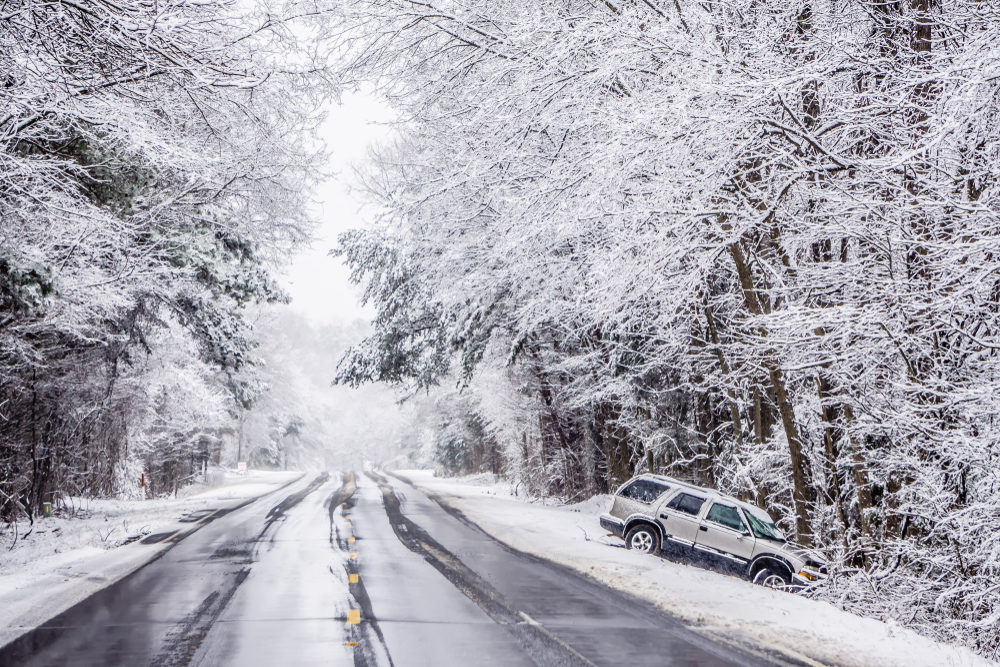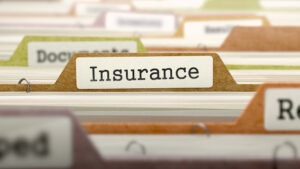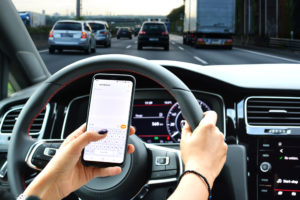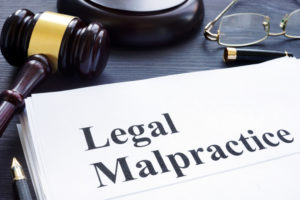
When temperatures drop below freezing, driving can become more difficult. With Ohio’s winter weather, such as blowing snow, freezing rain, and icy roads, driving can become hazardous, and the likelihood of being involved in a car accident increases.
According to the U.S. Department of Transportation (DOT), based on statistics from 2007-2016, more than 5.8 million car accidents occur each year. Approximately 21 percent of these accidents involved hazardous weather conditions. Accounting for 16 percent of all vehicle-related deaths, more than 5,300 people died in weather-related crashes. Each year, 24 percent of weather-related vehicle crashes occur on snowy, slushy or icy pavement, and 15 percent happen during snowfall or sleet. Over 1,300 people are killed and more than 116,800 people are injured in vehicle crashes annually in these winter conditions.
Be Prepared For Winter Weather Before Traveling
Being prepared may reduce the potential of being involved in a car accident. Before leaving the house during winter, pay attention to weather reports to know the driving conditions. You’ll want to allow for more travel time for bad weather or traffic delays.
Sometimes winter storms may arrive with little warning. Localized heavy snow squalls may happen unexpectedly, reducing visibility for motorists. These short bursts of heavy snowfall can be responsible for pile-ups on highways when visibility drops to nearly nothing in a short distance. This is why it’s essential to understand the dangers of winter driving and know what to do if you find yourself on the highway or other roadways in such conditions.
When snow or ice is present, you must drive with caution. Slow down and remember that the posted speed limit may not be appropriate for winter driving. Make sure to increase your distance when following other vehicles to allow more time to stop when driving on icy or slick roads. You also shouldn’t accelerate quickly or slam on your brakes in these conditions, or you could lose control of the vehicle.
Also, remember that snow plows will be on the roads after winter weather hits to help salt, sand and remove snow accumulation. A few factors may keep you safe if you encounter a snow plow. Snow plow drivers’ have limited vision. The driver cannot see you if you cannot see the plow’s side mirrors. It’s recommended to stay a few car lengths behind and do not try to pass. Plows regularly travel below the posted speed limit to clear snow and deliver salt, sand or other deicing chemicals. When you see a snow plow, go slow. As plows work to improve road conditions, there is often a snow cloud around the plow, reducing your visibility and the visibility of those behind it. This is why passing a snow plow is risky and could lead to an accident.
In addition to how you drive in the winter, there are things you can do to prepare your vehicle. The Ohio Committee for Severe Weather Awareness has some recommendations before heading out onto wintery roads. Make sure to have your car serviced, ideally before winter arrives. This includes checking the battery charge and an oil change. Starting your car can be more difficult when the engine oil is cold. Inspect your vehicle’s turn signals, headlights and tail lights. If the lights are damaged, hazy or foggy, replace the bulbs. Working lights and signals will improve your visibility and the visibility of your car to other drivers on the road. Check the condition of your windshield wipers. Having wipers in great shape can help improve your ability to see.
Another important item that can help driving in winter conditions is winter tires. Winter tires are manufactured with materials that stick to road surfaces when temperatures drop more than all-season or summer tires. Winter tires can help when additional stopping distance is needed on icy roads.
A special emergency kit in your car can also be helpful, especially during a winter car crash. Here are some suggestions on what to include in your car’s winter weather emergency kit:
- Cell phone and charger
- Extra clothing – mittens, gloves, scarf and boots
- First aid kit
- Fire extinguisher
- Water or juice and high-energy foods
- Sand or cat litter to assist with traction
- Blanket or sleeping bag
- Battery-powered radio, flashlight with extra batteries
- Snow brush and ice scraper
- Jumper cables
- Emergency flares
- Shovel
- State road map
What To Do After a Winter Car Crash
Despite your best efforts to prepare yourself for driving in winter weather, an accident can still occur. So, what do you do after a car crash? First, check on yourself and your passengers. Is medical attention required? Contact emergency services if necessary. Take photos of the accident scene. Having photographic evidence of the collision can help support your claim. Ensure you get contact information from everyone involved in the accident. If witnesses were present, collect their contact information. Contact your insurance company to report the crash.
It may also be wise to speak to an Ohio car accident attorney, especially if the other driver’s insurance company reaches out to you. A car accident attorney can advise you on how to proceed and can evaluate your situation. An attorney can determine if you may be eligible for compensation due to vehicle damage, property damage, personal injury, medical bills, lost wages and other factors.
If you have been involved in a car accident related to winter weather in Ohio, contact Murray & Murray at 419-664-3711 or visit us online for a free consultation. As attorneys with extensive expertise in Ohio car accidents, we are here to help you manage the aftermath and protect your interests.

Partner at Murray & Murray Co., L.P.A.














Comments for this article are closed.